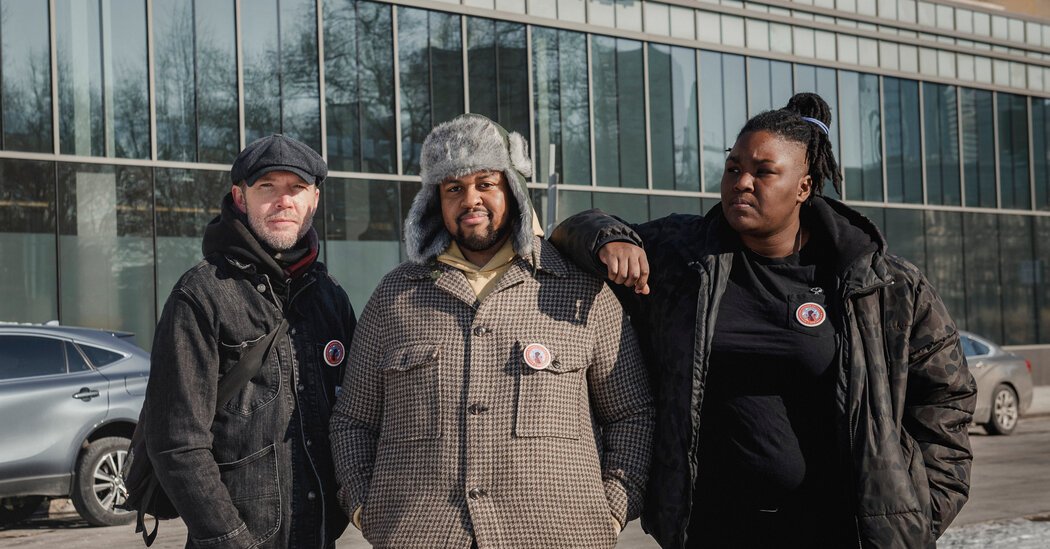Motorcycle insurance is a critical component for any rider, whether you’re a seasoned motorcyclist or a new enthusiast. Just as with car insurance, motorcycle insurance helps protect both you and others in the event of an accident, theft, or damage to your bike. However, unlike car insurance, motorcycle insurance has a number of unique elements that riders should be aware of when choosing coverage, understanding the cost, and obtaining a quote.
In this blog, we’ll break down everything you need to know about motorcycle insurance: the different types of coverage available, the factors that affect the cost, and tips on how to get the best quote. We’ll also address common questions in an FAQ section to ensure you have all the information you need to make an informed decision about your motorcycle insurance policy.
Types of Motorcycle Insurance Coverage
Just like with car insurance, motorcycle insurance offers various types of coverage. The specific types of insurance you’ll need depend on factors such as your bike’s value, where you live, how often you ride, and your budget. Below, we’ll discuss the most common types of motorcycle insurance coverage.
1. Liability Coverage
Liability coverage is mandatory in most states and is required for legal operation of a motorcycle. This coverage has two main components:
- Bodily Injury Liability (BI): This covers the medical expenses, lost wages, and legal costs if you are at fault in an accident and cause injury to another person.
- Property Damage Liability (PD): This covers the cost of repairing or replacing another person’s property (including vehicles) if you are found responsible for the accident.
Even in states where liability insurance isn’t required, it’s always a good idea to carry it to protect yourself financially if you cause an accident.
2. Collision Coverage
Collision coverage helps pay for repairs or replacement if your motorcycle is damaged in a collision with another vehicle or object, regardless of fault. If you are financing or leasing your bike, this coverage is often mandatory. If you own your motorcycle outright, it’s optional but highly recommended, especially if you have a new or expensive bike.
3. Comprehensive Coverage
Comprehensive coverage covers damage to your motorcycle that is not caused by a collision. This includes things like theft, vandalism, natural disasters (fire, hail, or floods), and hitting an animal (such as a deer). This type of coverage is especially valuable if you live in an area where theft or extreme weather conditions are a concern.
4. Uninsured/Underinsured Motorist Coverage (UM/UIM)
This coverage comes into play when the person at fault in an accident doesn’t have enough insurance or any insurance at all. If you’re involved in an accident with an uninsured or underinsured driver, your UM/UIM coverage can help pay for medical bills and repairs to your motorcycle.
5. Personal Injury Protection (PIP)
PIP is a no-fault insurance coverage that helps pay for medical expenses, lost wages, and other costs if you’re injured in an accident, regardless of who is at fault. While PIP is mandatory in some states (known as no-fault states), it’s an optional coverage in others. Riders should carefully evaluate whether or not PIP is a good investment for their personal circumstances.
6. Medical Payments Coverage (MedPay)
MedPay provides additional coverage for medical expenses for you and your passengers if you are injured in a motorcycle accident, regardless of who is at fault. Unlike PIP, which can also cover lost wages, MedPay strictly covers medical expenses and can help fill in the gaps in your primary health insurance coverage.
7. Roadside Assistance Coverage
Motorcycles are more susceptible to mechanical breakdowns, so roadside assistance can be a valuable addition to your policy. Roadside assistance covers services like towing, battery jumps, flat tire changes, or even locksmith services if you’re locked out of your bike.
8. Custom Parts and Equipment Coverage
Motorcycles often have customizations like aftermarket parts or accessories (such as saddlebags, performance upgrades, or custom paint jobs). Standard policies usually don’t cover the loss or damage to these additions. Custom parts and equipment coverage can help protect these upgrades, which may be costly to replace.
Factors That Affect Motorcycle Insurance Costs
Understanding what influences the cost of your motorcycle insurance can help you make smarter decisions when choosing coverage. Several factors play a role in determining how much you will pay for your motorcycle insurance policy:
1. Type of Motorcycle
The make, model, and year of your motorcycle significantly impact your premium. Sports bikes, high-performance motorcycles, and luxury models typically cost more to insure because they are more expensive to repair or replace, and statistically, they are involved in more accidents.
2. Age and Experience
Your age and riding experience play a large role in the cost of your motorcycle insurance. Younger riders, especially those under 25, often face higher premiums due to a higher likelihood of accidents. Riders with more experience or those who have taken a motorcycle safety course may qualify for discounts.
3. Driving History
Just like car insurance, your driving record impacts the cost of your motorcycle insurance. If you’ve been in accidents or have received traffic violations, you may face higher premiums. A clean riding history will help you save on your premiums.
4. Location
Where you live affects your motorcycle insurance rates. If you live in a densely populated urban area where traffic accidents and theft are more common, your premium may be higher. Conversely, rural areas often have lower rates due to reduced risk.
5. Coverage Limits and Deductibles
The more coverage you choose and the lower the deductible, the higher your premium will be. Opting for higher coverage limits gives you more protection but raises your monthly or annual premiums. Similarly, lowering your deductible reduces the amount you’ll pay upfront in case of an accident, but increases your premium.
6. Usage
How often you ride also plays a role in the cost of your insurance. If you only ride your motorcycle for leisure or on weekends, you may pay a lower premium compared to someone who uses their motorcycle as a primary mode of transportation.
7. Safety Features and Anti-Theft Devices
Motorcycles equipped with advanced safety features, such as anti-lock brakes (ABS), traction control, and security systems, are often cheaper to insure. Insurance companies often offer discounts for motorcycles with these features because they are less likely to be involved in accidents or stolen.
How to Get a Motorcycle Insurance Quote
Getting a motorcycle insurance quote is relatively simple and can be done online or through an insurance agent. To get an accurate quote, you’ll need to provide some basic information, including:
- Personal Information: Your name, address, and date of birth.
- Motorcycle Information: Make, model, year, VIN (Vehicle Identification Number), and any custom parts.
- Driving History: Your past accidents, violations, and years of riding experience.
- Coverage Preferences: The type of coverage you want, limits, and deductible.
Many insurance companies allow you to get a quote online in minutes, and some even offer mobile apps for quick quotes. It’s a good idea to get quotes from multiple companies to compare prices and coverage options.
Frequently Asked Questions (FAQ) About Motorcycle Insurance
1. Is motorcycle insurance required by law?
Yes, motorcycle insurance is required by law in most states, with liability coverage being mandatory. Some states may have additional requirements for coverage like PIP or UM/UIM coverage.
2. How can I lower my motorcycle insurance premiums?
You can lower your premiums by:
- Taking a motorcycle safety course.
- Choosing a higher deductible.
- Insuring your motorcycle with anti-theft devices or safety features.
- Bundling your motorcycle insurance with other policies (like home or auto insurance).
- Maintaining a clean driving record.
3. Do I need comprehensive and collision coverage?
If you have a new or expensive motorcycle, comprehensive and collision coverage is recommended to protect your investment. If your motorcycle is older or has a low market value, you might opt to skip this coverage to save on premiums.
4. What is the difference between PIP and MedPay?
PIP (Personal Injury Protection) typically covers more than just medical expenses, including lost wages and rehabilitation costs. MedPay is a more limited coverage that specifically covers medical expenses related to injuries from an accident, regardless of fault.
5. Can I get motorcycle insurance for a seasonal bike?
Yes, many insurance companies offer “seasonal” or “lay-up” policies that allow you to reduce coverage during the months when you’re not riding your bike, which can help lower your insurance costs.
6. What is an endorsement on a motorcycle policy?
An endorsement is an addition to your policy that modifies your coverage. For example, a custom parts and equipment endorsement can cover modifications made to your bike that wouldn’t be covered under a standard policy.




